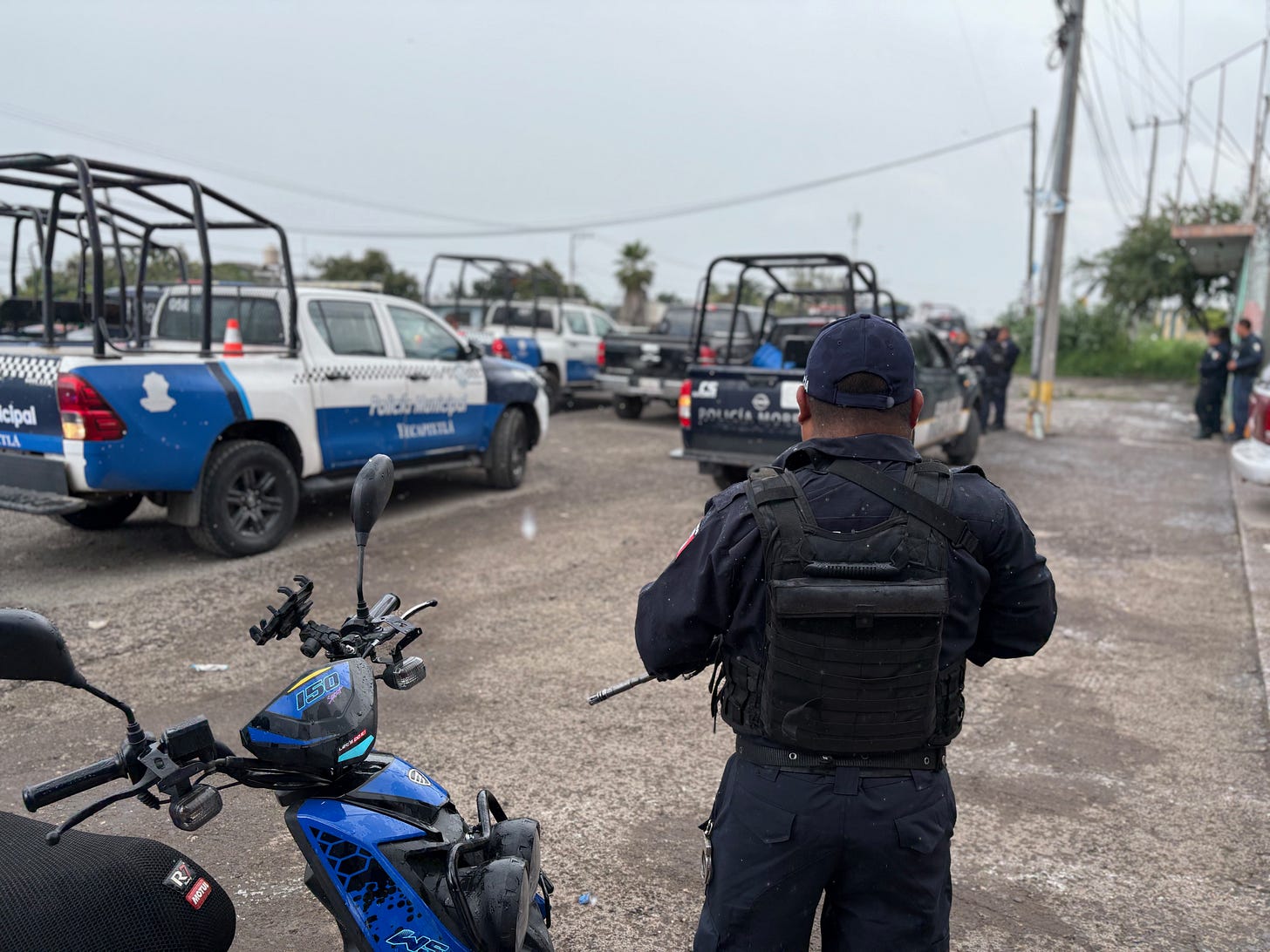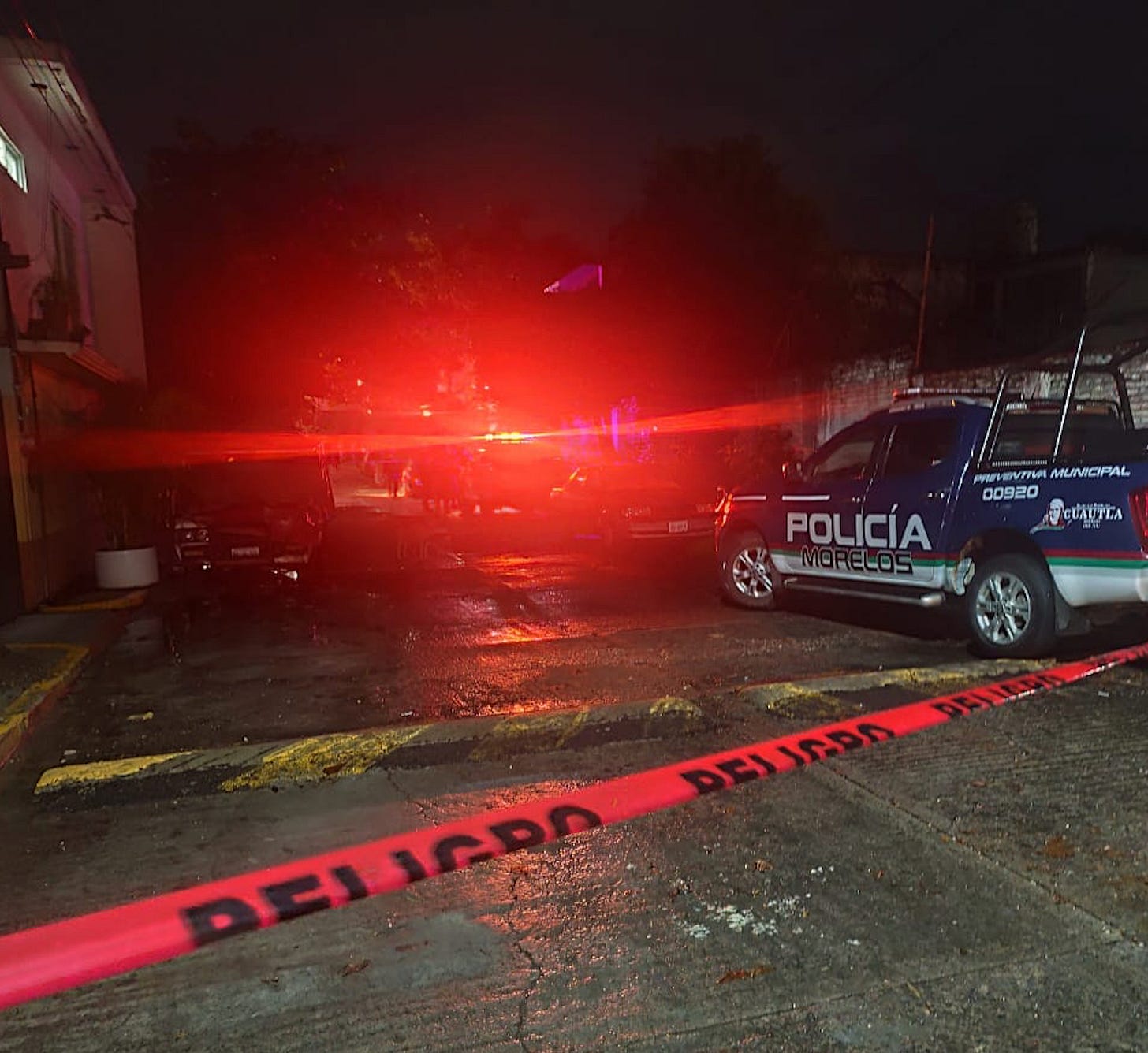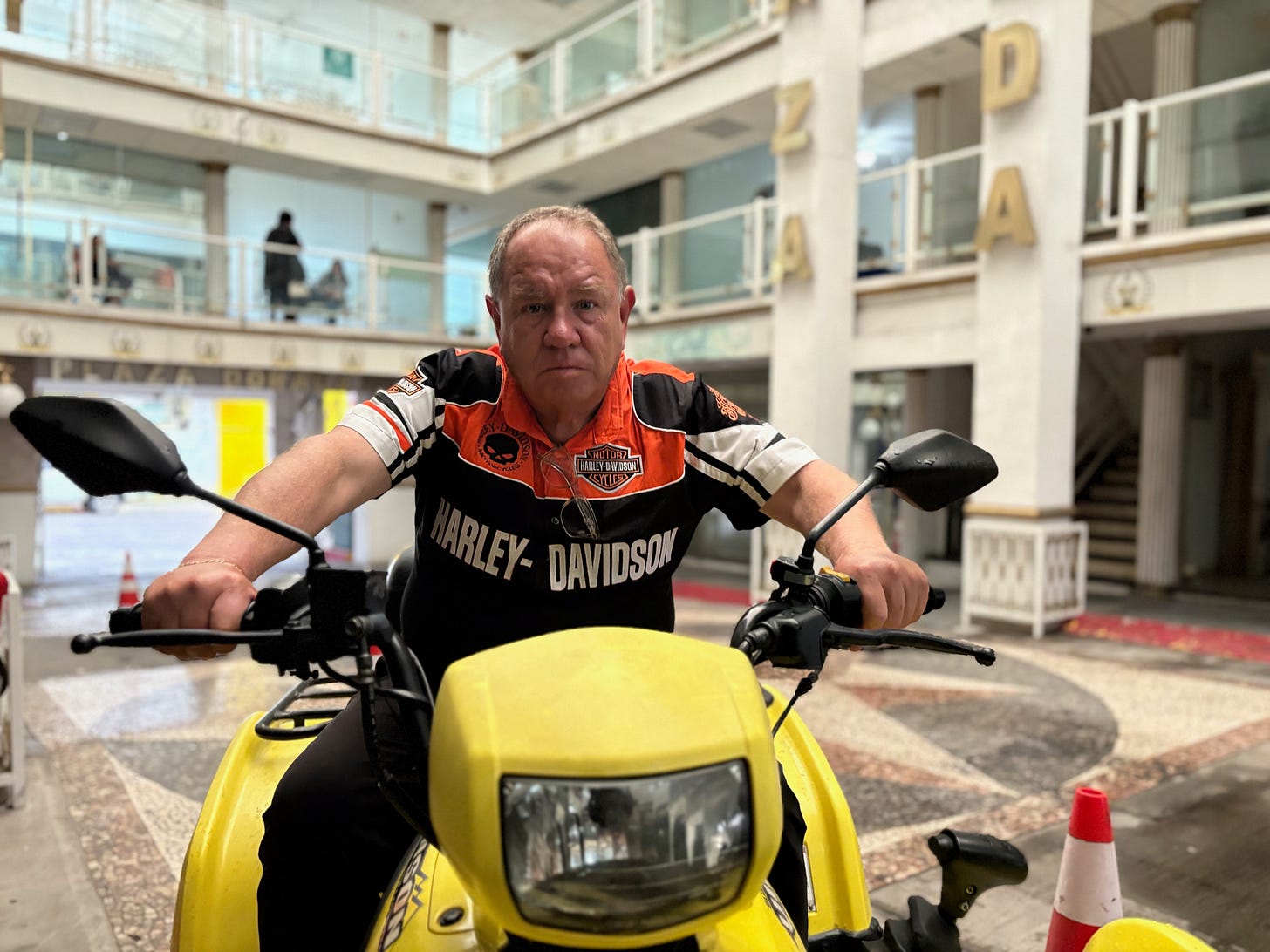Cuautla, Capital of Extortion
I investigate how the touristic state of Morelos became the second most violent in Mexico
Para leer en español click aquí.
For years, Graciela ignored threatening phone calls demanding money from the profits of her grocery store in the city of Cuautla but this time was different. A teenage boy came into the shop and put the phone to her ear. A man on the other end of the line gave detailed information about her children, their schooling, jobs, partners, and hit the punchline: he wanted half a million pesos ($27,000 U.S.) plus her SUV, or he would target her family.
Graciela contacted a friend in the police about the threat but the answer wasn’t good. “He advised me that the best thing to do was come to an agreement and pay. He said the police could arrest some of the gang when they came to collect but they wouldn’t get all of them and the others would take revenge.” Graciela bargained with the extortionists and eventually paid 200,000 pesos ($11,000). She hasn’t heard back since but she is nervous.
Extortion is rampant in Cuautla, a city with 480,000 residents in its metro area in the green touristic state of Morelos - which is home to Cuernavaca “the city of eternal spring,” Tepoztlán, the “magical pueblo,” and the deep lake of Tequesquitengo. One study even found that Cuautla had the worst rate of extortion in all Mexico.
But while gangsters extract what is known as their piso, or shakedown payments, from so many Cuautla businesses, from shops to buses to even private schools, it was difficult for me to get anyone to talk about it as people are so terrified. Even though I promised I would change the name of “Graciela” and there would be no cameras or recording, we took precautions so people would not see us meet.
While Morelos sits next to the much safer Mexico City, where it draws a lot of its tourism, it suffered the second worst murder rate per capita in the entire country in 2024 with 77 homicides per 100,000 people. It was only beaten by Colima, where cartels ship precursor chemicals through the grand port of Manzanillo and fight over the turf.
This year has seen a significant reduction of murders in Morelos under a new governor, Margarita González Saravia. But it still suffers a very high rate and extortion doesn’t seem to have waned.
It’s counter intuitive that Morelos would be one of Mexico’s most violent states given that it’s no longer a major trafficking corridor and hasn’t produced top kingpins like in Sinaloa or Tamaulipas. There are few reports of convoys of gunmen, attack drones, and sustained gun battles like in Michoacán or Zacatecas.
Yet bodies pile up, so I went to investigate what was happening.
Red News Reporter
Cuautla is the epicenter of violence in Morelos but it’s an unlikely setting. It was the home of revolutionary Emiliano Zapata and his bones are buried here, and is a land of campesino farmers, market traders, flowery plazas, colonial churches, and more recently, taco joints, gyms and bars.
Francisco “Pacooooooo” Cedeño is the top local reporter covering violence and he shows me round, letting me sit on the back of his quad bike as we race across the sprawl. Like many of those who cover the nota roja, or “red news,” Paco is a colorful character, brave, outspoken, and hardworking, and as we zap about the city, residents wave to him and he points to old crime scenes. Almost every other block, he shows me a spot where someone was shot, a body was dumped, or a business was burned out.
Paco risks his life covering the beat. Gunmen shot up his car twice, and during one of these attacks he sped into an army base for protection. Another time, a vehicle tried to run him off the road and in yet another, police beat him unconscious. Yet he keeps reporting and gives me a stern statement about the state of his city.
“We are up to our necks in it. Violence has permeated every level,” Paco says. “The butchers have to pay the maña, the criminals. Every kilo of beef they sell they pay 20 pesos. The tortilla shops pay. The public transport, the buses and taxis pay.”
Paco said that one gang even gave buses a sticker of a panda bear with two machine guns, showing they had paid their piso, which is normally a monthly charge. “They have a better registry of all the vehicles than the government,” he said.
Extortion in Cuautla is controlled by five or six gangs that Paco calculates have over a thousand operatives between them. The gangs are also into selling drugs (meth, cocaine and weed) and brewing adulterated liquor, which bars will sell as brand names.
Many of those who collect the piso payments and do hits are just teenagers, who will serve less time in prison. Cartel gunmen in many areas use Kalashnikovs and AR-15s but in Cuautla they often use pistols and drive round on motorbikes and Paco calls them “moto-sicarios.”
While these crews have contacts with major mobs, such as the Jalisco New Generation Cartel and La Familia, they are local operations. So how did they emerge from the fires of Mexico’s cartel wars and how do they now fit into this bigger picture? To find the answer we need to peer back to when Sinaloa Cartel boss Arturo “The Beard” Beltrán Leyva ruled Morelos and through the controversial reign of footballer-turned politician Cuauhtémoc Blanco.
The Fragmentation Effect
While Beltrán Leyva is…
Sorry folks, you need to subscribe to read the rest of this story. But it’s only the price of a cuppa coffee and you get the complete archive including exclusive interviews with top players and maps of cartel territory. And now is a great time to subscribe as we will be following these issues with detailed reports you can trust as big things break in the coming months.




